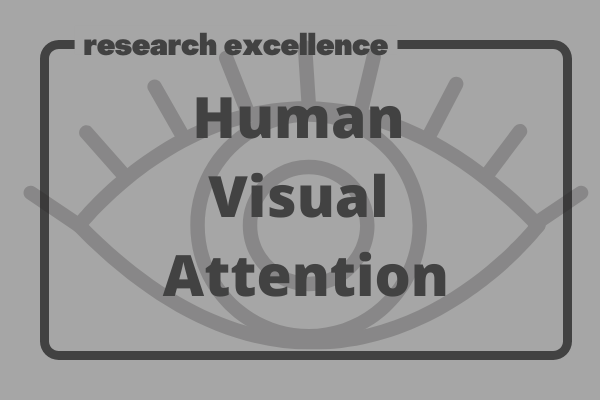
What makes an image interesting to humans?
Investigators: Kevin McGuinness, Noel O’Connor, Alan Smeaton, Tomás Ward, Suzanne Little
Insight researchers have been developing state-of-the-art computational models of human visual attention for the last number of years. These models, also known as visual saliency prediction models, attempt to predict the regions of images that humans are likely to find important, which has many applications such as intelligent video editing and improving content-based retrieval engines. Models developed recently include:
Current work focuses on visual attention modelling with unsupervised learning (Djilali 2021) as part of the Centre partnership with Xperi. Source code for all models developed is publicly available. This research was subsequently applied within a collaborative project with the Huawei Internet of Vehicles (IoV) Innovation Centre, Shanghai, that delivered a novel computationally efficient framework for vehicle and pedestrian detection and tracking for autonomous driving, resulting in a joint Insight-Huawei publication and patent application (Hu 2020).
Suzanne Little explains her work with visual analytics on the Insight podcast